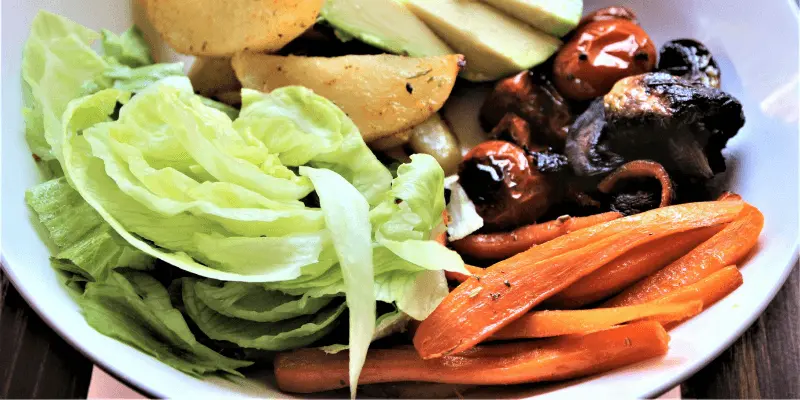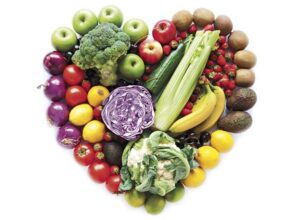Almost everyone craves sweets. Rather than depending on processed sugar to satisfy cravings, add naturally sweet foods to your daily diet to satisfy your sweet tooth.
Sweet vegetables soothe the internal organs of the body and energize the mind. And because many of these vegetables are root vegetables, they are energetically grounding, which helps to balance out the spaciness people often feel after eating other kinds of sweet foods. Adding in sweet vegetables helps to crowd out less healthy foods in the diet.
Want to track how your body responds to sweet vegetables?
Download our Free Food & Symptom Journal to identify what truly nourishes you.
Sweet Vegetables:
- corn
- carrots
- onions
- beets
- winter squashes
- sweet potatoes and yams (sweet when cooked)
Semi-Sweet Vegetables:
- turnips
- parsnips
- rutabagas (subtly sweet)
Other Vegetables:
- red radishes
- daikon
- green cabbage
- burdock
How to Cook Sweet Vegetables
A simple way to cook these vegetables is to follow the recipe below which we call “Sweet Sensation.” It has few ingredients and preparation time is minimal.
It doesn’t taste sweet, but has a similar effect on the body:
- maintains blood sugar levels
- break down animal foods in the body
- reduces sweet cravings.
Nourish Your Body with Gut-Friendly Recipes
Sweet Sensation Recipe
Use one to five of the sweet vegetables mentioned above.
Chop the hardest ones, like carrots and beets, into smaller pieces.
Softer vegetables, like onions and cabbage, can be cut into larger chunks.
Use a medium-sized pot and add enough water to barely cover the vegetables. You may want to check the water level while cooking and add more water if needed. Remember, vegetables on the bottom will get cooked more than the ones on the top.
Cook until desired softness. The softer the vegetables get, the sweeter they become.
You may also add any of the following ingredients: spices, salt, seaweed.
You can add tofu or a can of beans for extra protein.
When the vegetables are cooked to your satisfaction, empty the ingredients into a large bowl, flavor as desired and eat.
The leftover cooking water makes a delicious, sweet sauce, and is a healing, soothing tonic to drink by itself.
Other cooking methods include:
- steaming
- roasting
- stir-frying
- simmer and puree to create a soup
- eat them raw
- grate them in a salad.
Be creative!
Ready to Take the Next Step in Your Wellness Journey?
Incorporating sweet vegetables is a great place to start—but lasting health comes from tuning into your body and making informed choices. When you’re ready for more, here are a few resources to support you:
Visit the Free Resources Library: Access helpful guides, checklists, and tools to support your health and nutrition goals.
Download the Food & Symptom Journal: Start tracking what you eat and how you feel to gain valuable insights.
Explore the Blog: Discover simple tips, wellness inspiration, and practical guidance to help you feel your best every day.
Book a Free Discovery Call: Learn how 1-2-1 coaching can support your unique path to wellness and vitality.
Wellness is a journey made up of small, intentional steps—and sweet vegetables are a delicious way to begin.







